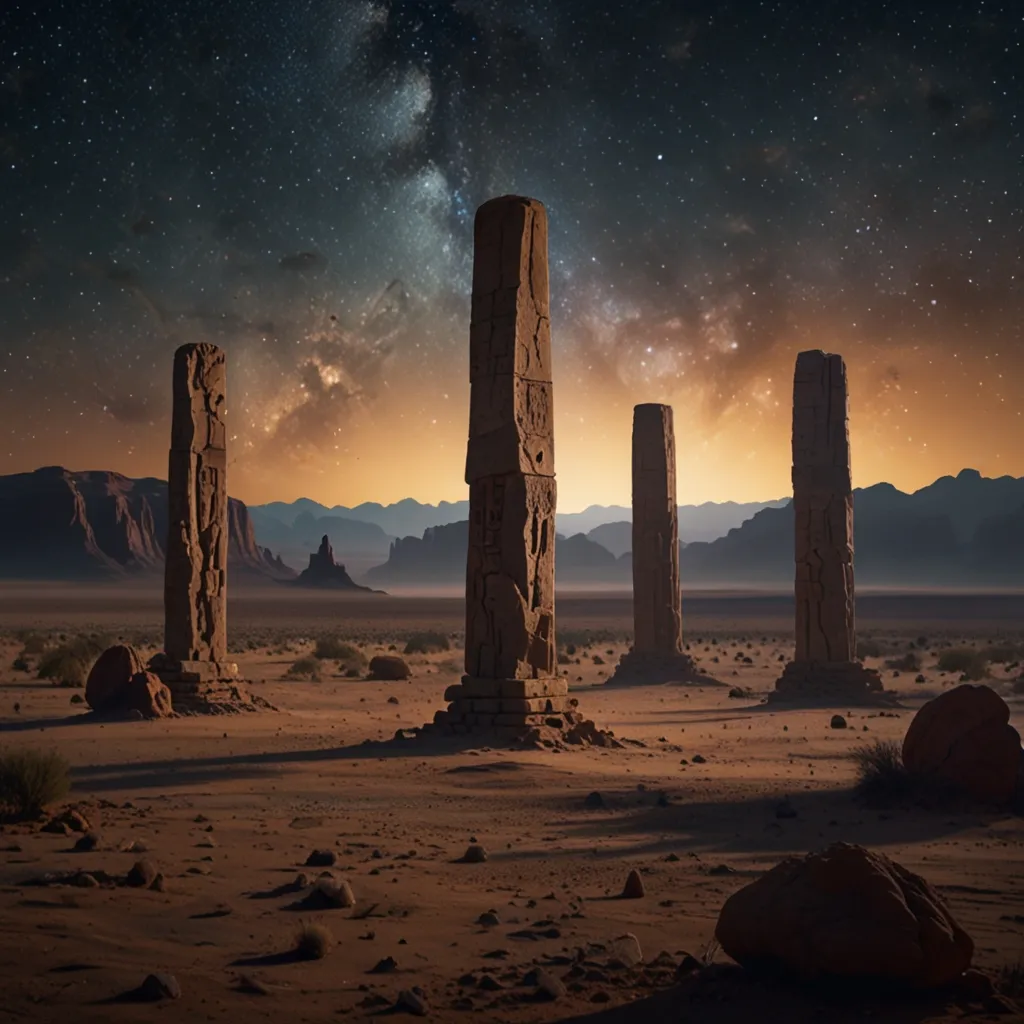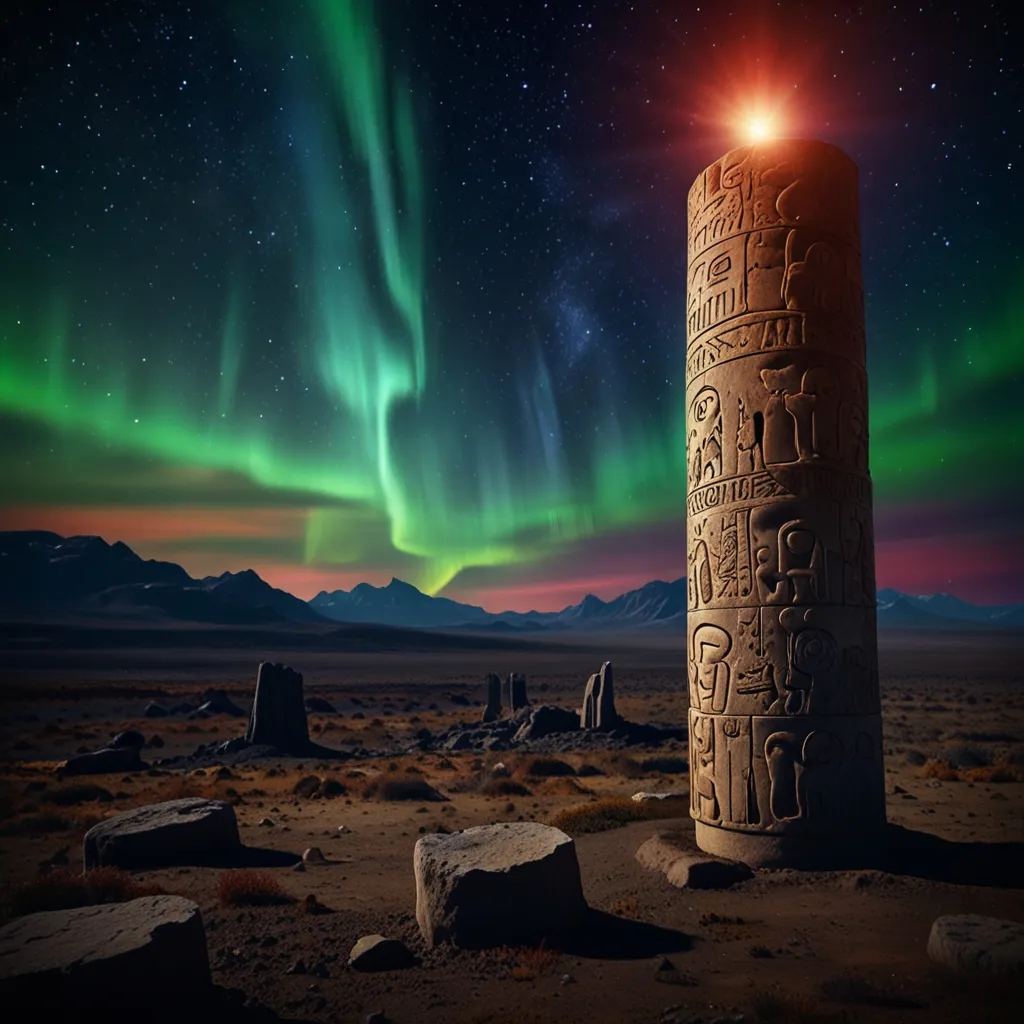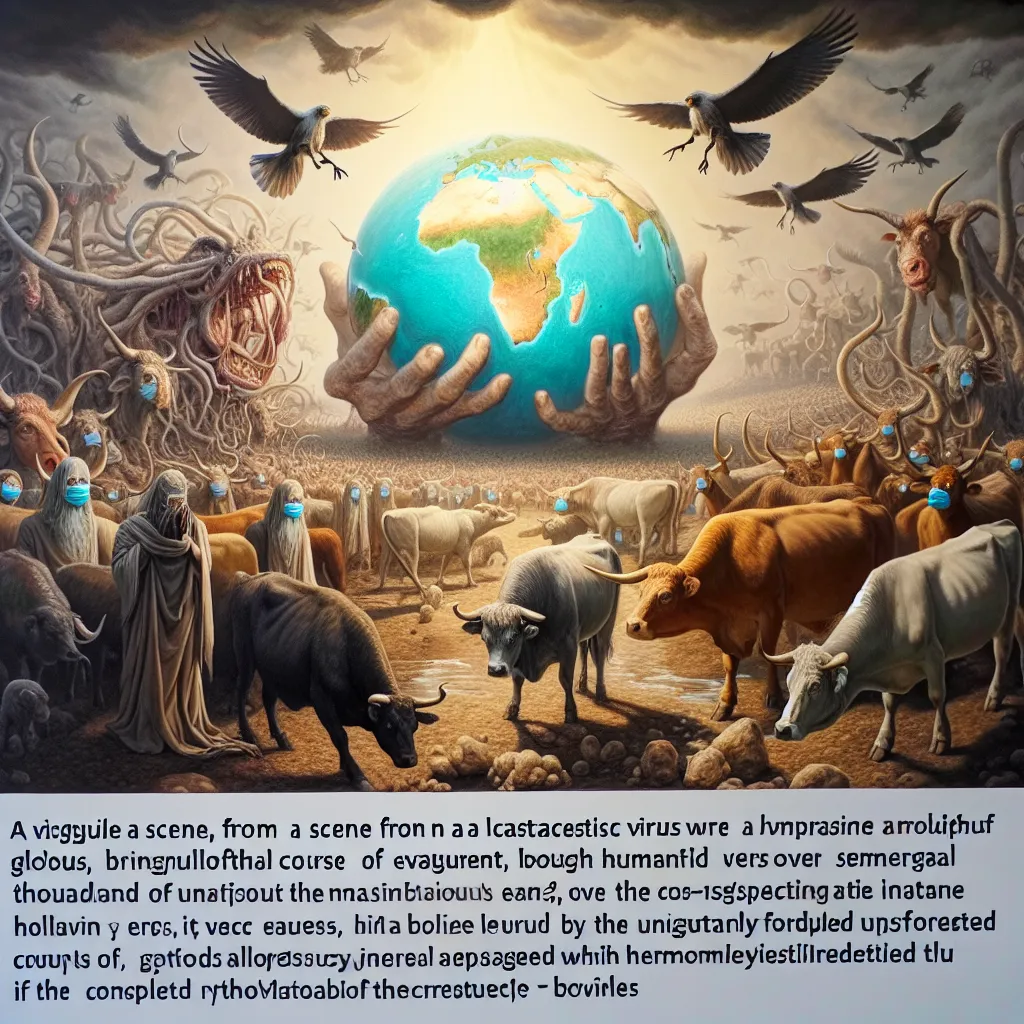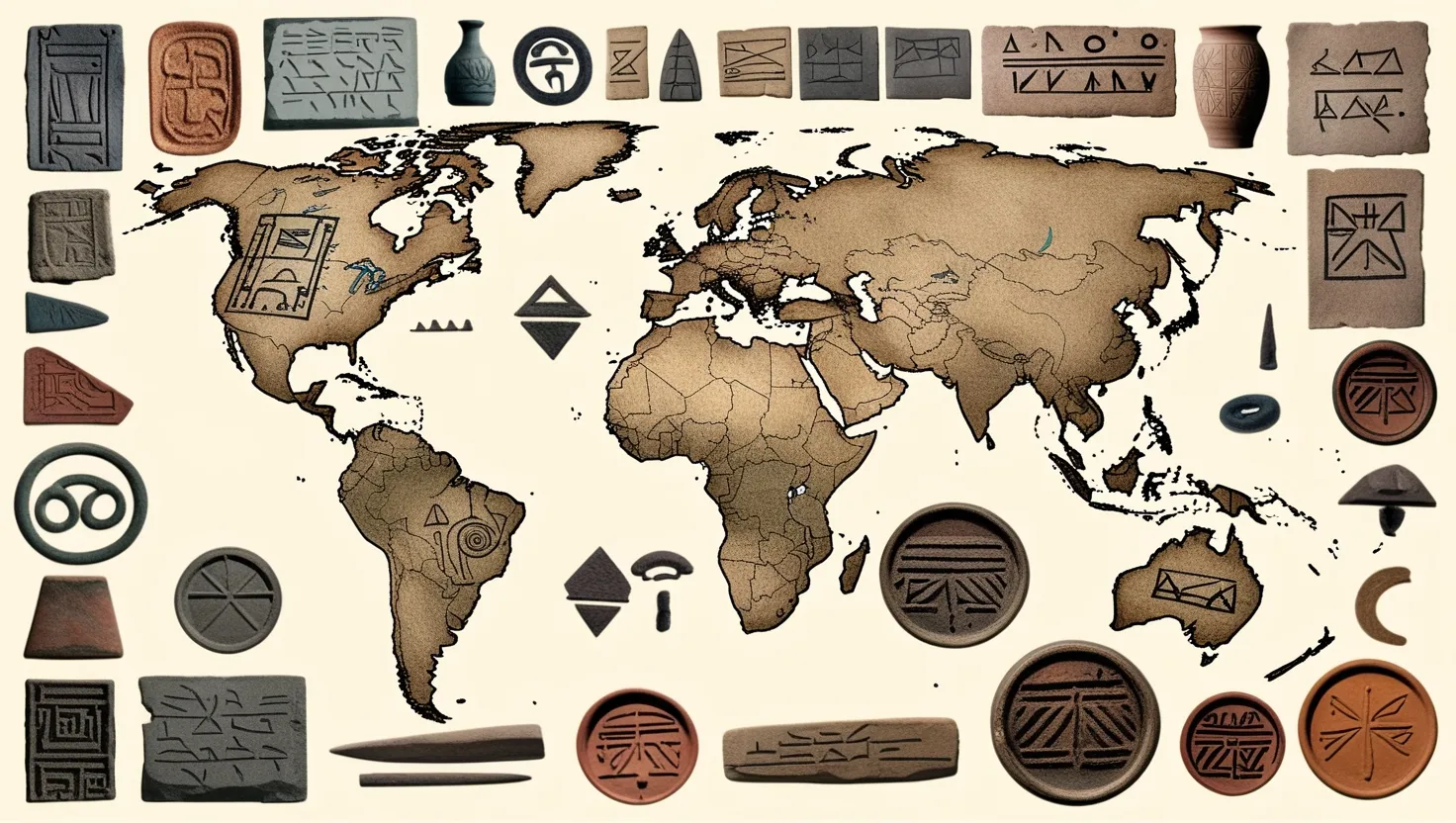The discovery of gobekli tepe in Turkey has completely transformed our understanding of early human civilization. Dated to around 11,600 years ago, this archaeological site predates the pyramids and Stonehenge by several millennia. However, what’s even more intriguing is that Göbekli Tepe wasn’t a primitive gathering of Stone Age nomads but a site that showcases an astonishing level of sophistication in engineering, astronomy, and social organization.
Imagine uncovering massive stone pillars up to 16 feet tall, each weighing around 10 tons, intricately carved with images of animals and humans. And as if that wasn’t enough, the pillars and the surrounding enclosures are aligned precisely with the stars, particularly Sirius. This isn’t just some random alignment – it’s a deliberate astronomical configuration indicating an advanced understanding of celestial movements. The structures and carvings speak to a civilization that was far more advanced than we ever imagined for that time period.
The Göbekli Tepe site isn’t just an anomaly; it’s indicative of a paradigm shift in human capability and social organization. It suggests that humans were organized into communities that had the ability to perform massive engineering feats far earlier than previously thought. This pushes the timeline of advanced human activity back by several millennia, causing archaeologists to rethink the whole “hunter-gatherer-to-farmer” transition narrative that’s been the cornerstone of our historical understanding.
But Göbekli Tepe also has its secrets. It wasn’t just abandoned; it was intentionally buried around 10,000 years ago. Why? Theories abound. Some suggest it was buried to preserve the site for posterity, while others think it was an attempt to hide from the coming calamities that ancient cultures believed to be cyclical events.
And speaking of cataclysms, the vulture stone at Göbekli Tepe tells a sobering story. It appears to document a comet impact that led to the Younger Dryas – a period of abrupt climate cooling around 12,900 years ago. This catastrophic event saw massive ice melt, global flooding, and the extinction of many mammalian species. It’s a stark reminder of how vulnerable Earth is to cosmic events and how such events can drastically reshape civilizations or wipe them out entirely.
This comet impact theory is supported by geological evidence from ice cores, sediment layers, and even in cultural myths around the world. Cultures as diverse as the Sumerians, Egyptians, Greeks, Hindus, and even native American tribes all have flood legends that speak of a great deluge wiping humanity clean off the map. These stories share common elements – a warning to future generations, divine intervention, and, disturbingly, descriptions that sound remarkably like the catastrophic consequences we’d expect from a comet impact: earthquakes, massive floods, and sudden climate changes.
Archaeologists who believe in the comet impact theory suggest that the debris from a significant impact would have filled the air with particulates, blocking out sunlight and causing a dramatic drop in global temperatures. This sudden climate change would have made it impossible for many species to adapt quickly enough, leading to mass extinctions. Furthermore, the impact would have caused massive fires and floods that restructured Earth’s landscape entirely.
There’s an inherent fascination in the idea that our ancestors might have had foreknowledge of these cyclical catastrophes and built sites like Göbekli Tepe as not just religious or social hubs but as warning beacons for future generations. Their intricate carvings and astronomical alignments were messages in a bottle, floated down the river of time to reach us thousands of years later.
These ancient humans, whether they were the builders of Göbekli Tepe or the reefugees from now-lost civilizations like Atlantis or Mew, were possibly trying to tell us something crucial: that the history of the world is punctuated by these cycles of creation and destruction. And they left these messages not just in stone but in stories, myths, and even in the stars.
Today, the world is different, yet hauntingly similar to what it was then. We have our own advanced technologies, not unlike the mysterious machines and knowledge left behind by those ancient civilizations. And just like them, we may be living in a period of seeming calm before the next big event.
Whether or not we heed the warnings left by the ancients is up to us. However, as we continue to excavate sites like Göbekli Tepe and uncover more about our planet’s distant past, the evidence becomes harder to ignore. We might just learn that those stories, myths, and legends were not mere fantasies but encoded survival guides designed to save humanity from a recurring cosmic roulette game.
Next time you look up at the stars, consider the intricate web of stories, knowledge, and warnings they represent. They are our connection to a past much more complex and advanced than we’ve been led to believe. Through their intricate understanding of astronomy, engineering, and social organization, the builders of Göbekli Tepe left us a monumental message of resilience, wisdom, and vigilance.
We must cherish these discoveries and delve deeper, not just into the earth but into our collective memory and ancient wisdom. For in their stories lies the key to our future survival, a future just as precarious and magnificent as that of our ancient ancestors.






